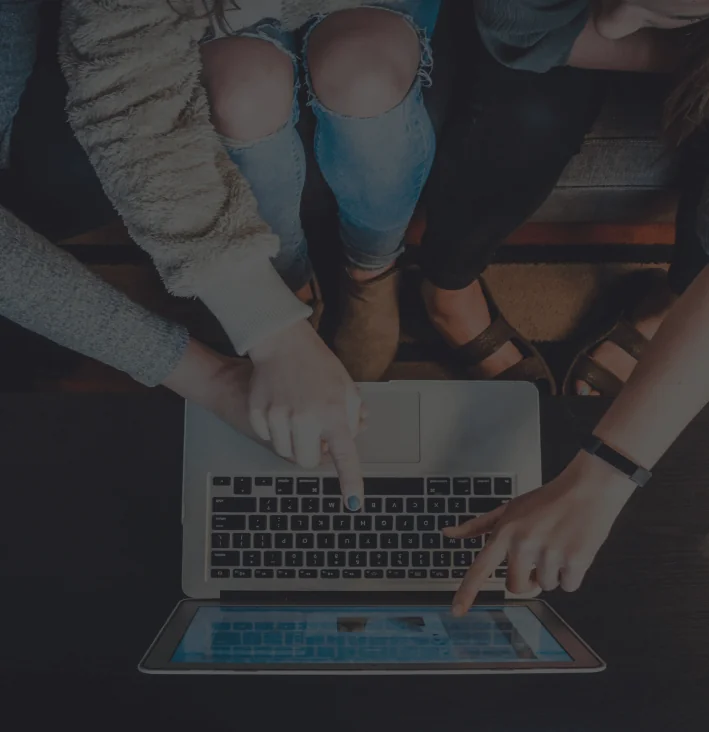Have you ever considered why you often adopt the actions and thoughts of people around you? Figuring out how you learn from others is truly fascinating.
That’s what social learning theory is about. If you’re unfamiliar with it, there is no need to worry! In this blog post, you will study the advantages and disadvantages of the Social Learning Theory, explore different methods, and provide insights into how this theory shapes our lives.
If you’re curious about human behavior or interested in improving your learning strategies, this post has something valuable for you.
What is Social Learning?
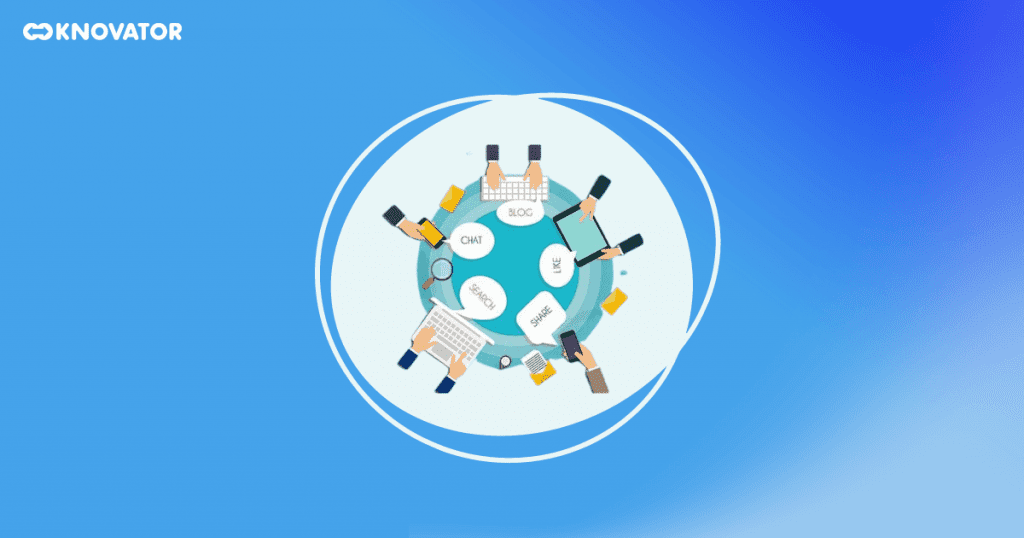
The main idea behind Social Learning Theory is that humans don’t just learn from books or teachers. They learn a lot by being part of social groups and seeing how people act.
Imagine you’re in a new place, and you’re not sure how to act. You might look at the people around you to figure out how things are done – that’s social learning in action.
Further, the theory says that humans copy what others do and think about the outcomes of their actions. If someone gets praised for doing something, they’re more likely to try it too. On the other hand, if someone gets in trouble for something, they’ll avoid doing that.
Thus, social learning is about how you fit into communities by learning from others. It’s a big part of how you develop personalities, beliefs, and skills – just by being a part of social life.
Components of Social Learning
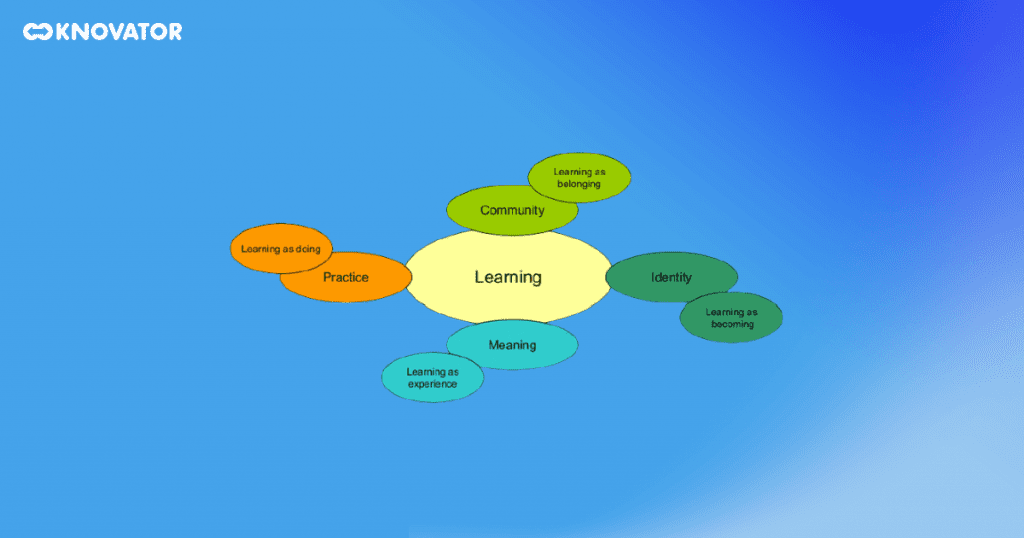
Observation
It is like being a detective – you watch what others do and see what happens because of their actions. For example, if your friend is praised for helping someone, you might learn that helping is good.
Assessment
After you’ve watched someone do something, you think about whether it’s something you should do, too. Let’s say you saw someone getting in trouble for being rude. You might think, “I don’t want to get in trouble, so I should be polite.”
Imitation
Think of this as copying. If you see someone getting good results from their actions, you might try the same thing. If your older sibling always gets their homework done early and gets to play more, you might try doing your homework early, too.
Identification
It is like finding role models – people you admire and want to be similar. Imagine you admire a sports player for their game skills and how they treat others. You might try to act more like them to feel a sense of connection.
All these components work together. First, you observe what’s going on around you. Then, you decide if it matches your style and values. If it does, you might copy the behavior you’ve seen. And sometimes, you might even pick and choose different behaviors from people you admire.
Remember, social learning happens in everyday life, like at school, at home, or with friends. It’s how you figure out how to fit in and succeed while staying true to yourself.
Social Learning Theories and Key Figures
 Early Forms of Social Learning and Social Pedagogy
Early Forms of Social Learning and Social Pedagogy
Over time, many experts have come up with different ideas about how we learn from each other, which have been tested. One person who gave a name to this kind of learning is a psychologist named Albert Bandura. This way of learning is called social learning, and it’s connected to social pedagogy, which is all about how kids learn.
Long ago, a thinker named Jean-Jacques Rousseau talked about how society affects people’s growth. He said people are naturally good, but society changes them strangely.
Later, educators like Karl Mager, Paul Natorp, and Herman Nohl built on these ideas in Germany. They examined how famous thinkers like Rousseau, Immanuel Kant, and Plato thought about society’s impact on us.
Social pedagogy is about how both parents and society help raise kids. It’s a way to use learning, connecting with others, and feeling good to make things more equal in society.
In the United States, a psychologist named Robert Richardson Sears studied how children learn values and ideas. He thought about how kids react to things around them.
He also examined how parents influence kids’ behavior through rewards, warmth, punishments, and power. All of this research helped shape social learning theory.
So, there are many ideas about how you learn from each other, from thinkers and scientists worldwide.
Albert Bandura (1977)
In his social learning theory 1977, Albert Bandura shares similarities with behaviorist learning theories like classical and operant conditioning. But he brings two new important ideas:
Mediating Processes: Some processes go on in our minds between things around us and how we react. The processes occur between stimuli & responses. Bandura outlines four key processes in learning:
- Awareness: You notice unique behaviors that stand out and observe their outcomes.
- Retention: Remembering behaviors is essential for imitation. Frequent observation and trying things ourselves help form clear memories.
- Reproduction: You can only imitate what you can do physically or mentally.
- Motivation: You imitate behaviors that promise appealing rewards. Positive outcomes make adopting new behaviors more likely. However, only some respond strongly to watching others. Some focus more on themselves and are less open to social learning.
Observational Learning: Bandura says you learn by watching what goes on in your environment. It’s like learning through observation. You see what others do and how they react, which helps one figure out what to do ourselves.
We usually copy those who are similar to us, especially regarding gender. If people like what we do, we keep doing it to get praise. We also notice how people react to our actions.
So, basically, you copy people you want to be like.
But rewards and punishments only work if they match what you want.
For example, if you’re happy in your job, the promise of promotion might not change your behavior.
In 1986, the social learning theory became the Social Cognitive Theory. Learning happens when we’re around others and learn from watching and interacting with them.
Lev Vygotsky’s Social Learning Theory
Lev Vygotsky’s Social Learning Theory is about how you learn from being around others. He believed our interactions with people and cultural surroundings shape our learning and development. Vygotsky thought that social interactions and conversations are important for learning new things and understanding the world.
He introduced the “Zone of Proximal Development”. It is like the difference between what you can do on your own and what you can do with a little help. Vygotsky said that the best learning happens when you’re in this zone, with just the right amount of challenge and support.
He also talked about “scaffolding,” when someone helps us learn something by giving us just enough guidance. As you get better, they gradually step back, like removing the scaffolding from a building when it’s strong enough to stand independently.
John Krumboltz (1976-1996)
Krumboltz, a professor at Stanford University, is known for his work on career development and social learning theory. He talked about how people make career decisions based on four important things:
- Knowing Ourselves: You decide what to do and achieve by looking at your skills, strengths, and weaknesses. It shapes how you see yourself and affects your career choices.
- Seeing the World: You look at the world and how it might change. It helps you figure out what might happen in your career.
- How You Work: Your way of doing tasks combines what you’re born with, what you learn, and your environment. It affects how you approach work.
- Learning from Doing: You learn and make decisions as you experience different things—your experiences and from watching others shape your career choices.
Krumboltz’s idea is that we learn a lot by observing others. He believed we shouldn’t stick to just one career path but keep learning, adapting, and changing as we gather new experiences. Just like the world changes, we should be open to changing, too, using what we learn to shape our careers and lives.
Advantages of Social Learning

- Natural and Engaging: Social learning mimics how humans naturally learn – by observing, imitating, and interacting with others. It makes the learning process more engaging and relatable, as it aligns with our social instincts.
- Higher Retention: Learning through social interaction results in better retention than studying alone. When we discuss and teach what we’ve learned to others, the information becomes more solidified in our minds.
- Cost-Effective: Social learning often requires fewer resources than formal training methods. Utilizing existing social networks, communities, and online platforms allows organizations to reduce training costs while maintaining effectiveness.
- Knowledge Diversity: Collaborating with diverse groups exposes learners to different perspectives and approaches, fostering a broader understanding of subjects. It leads to a more well-rounded skill set and innovative problem-solving.
- Immediate Feedback: Interacting with peers and mentors enables learners to receive immediate feedback. It accelerates learning by addressing misunderstandings and refining skills in real time.
- Motivation and Accountability: Learning with others can boost motivation. Peer pressure and the desire to contribute positively in group settings can create a sense of accountability, encouraging learners to stay engaged.
- Promotes Collaboration: Social learning encourages teamwork and collaboration. Individuals learn not only from experts but also from each other, enhancing the collective intelligence of the group.
- Practical Application: Social learning often involves real-world scenarios and discussions. It makes the knowledge gained more applicable to practical situations, bridging the gap between theory and practice.
- Adaptive Learning: Interacting with others allows learners to adapt their approaches based on the experiences and insights shared by their peers. It enhances problem-solving abilities and critical thinking.
- Lifelong Learning: Social learning is a lifelong approach that continues beyond formal education. It encourages continuous learning as individuals engage with new information, experiences, and changing viewpoints.
Disadvantages of Social Learning
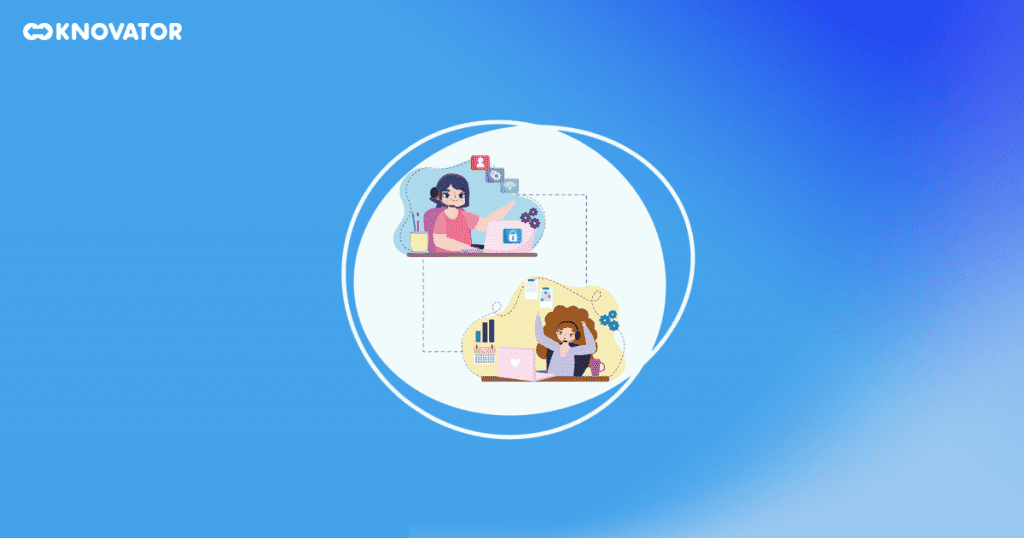
- Inner Conflicts: Engaging in social learning environments can sometimes lead to inner conflicts. Individuals might feel pressured to conform to the majority’s opinions or behaviors, even if those don’t align with their true beliefs.
- Loss of Authenticity: Social learning might push individuals to mimic the behaviors or opinions of others to fit in or gain approval. It leads to a loss of authenticity, as people may suppress their unique ideas or perspectives in favor of what’s perceived as socially acceptable.
- Innovation Challenges: Group dynamics in social learning settings can discourage innovation. When everyone follows the same patterns or ideas, exploring new concepts may be limited, hindering the development of fresh and creative approaches.
- Peer Pressure and Groupthink: The desire to be accepted within a social group might lead to peer pressure. Individuals may conform to avoid conflict or criticism, even if their opinions differ. It can cause a problem called “groupthink,” where people don’t think carefully and go along with what everyone else is saying.
- Misinformation and Misinterpretation: Information is often exchanged informally in social learning environments. It can sometimes result in the spread of misinformation or the misinterpretation of concepts, leading to inaccurate learning outcomes.
- Psychological Risks: The fear of judgment or negative feedback from peers can create psychological stress for individuals participating in social learning. Anxiety about not meeting social expectations or making mistakes can undermine the learning experience.
- Time and Resource Intensive: Social learning processes can be time-consuming, as they involve interactions, discussions, and collaboration. It can impact efficiency, particularly in fast-paced work environments where time is of the essence.
- Limited Autonomy: While collaborative learning is valuable, it can diminish individual autonomy. Some learners may prefer independent learning or have unique learning styles not fully accommodated in group settings.
- Inconsistent Quality: The shared information quality can vary widely in social learning environments. Not all contributions may be accurate or well-researched, leading to potential gaps in understanding and learning.
- Dominant Voices: Strong personalities or influential individuals within a group can dominate discussions, limiting the contributions of others and preventing diverse viewpoints from emerging.
Methods of Social Learning in Organizations
Social learning methods foster knowledge sharing, skill development, and organizational collaboration. These methods leverage group dynamics and interactions to enhance learning outcomes and productivity. Here are some effective methods for promoting social learning in a corporate setting:
1. Learning Groups
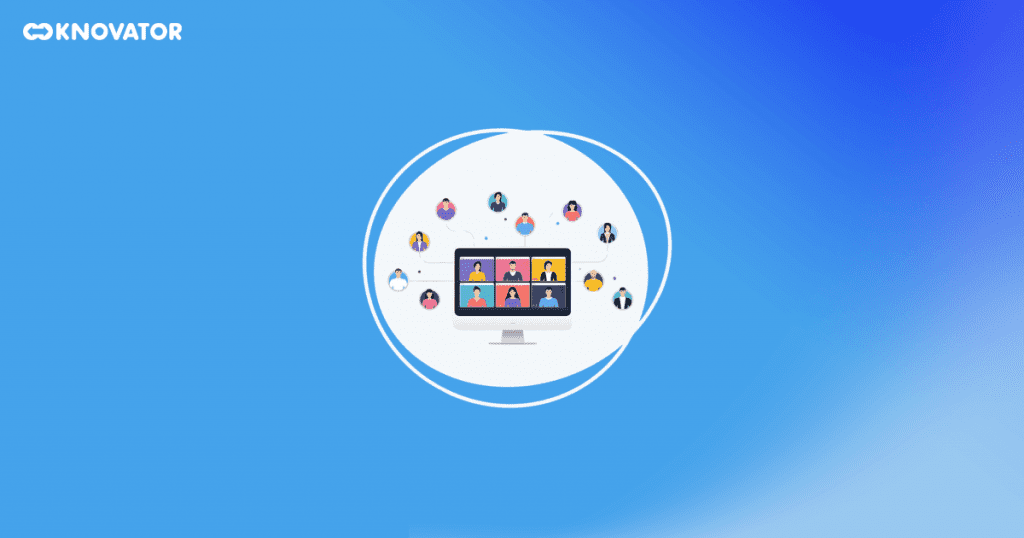
For instance, a marketing team might form a learning group to explore new digital marketing trends and strategies. Members can collectively enhance their understanding and skills by discussing real-life examples and challenges.
2. Brainstorming Sessions

For instance, a product development team could hold a brainstorming session to generate new product features based on customer feedback and market trends.
3. Peer Mentoring

For example, a software developer with years of experience can mentor a junior developer, sharing coding techniques and project management strategies.
4. Cross-Functional Projects
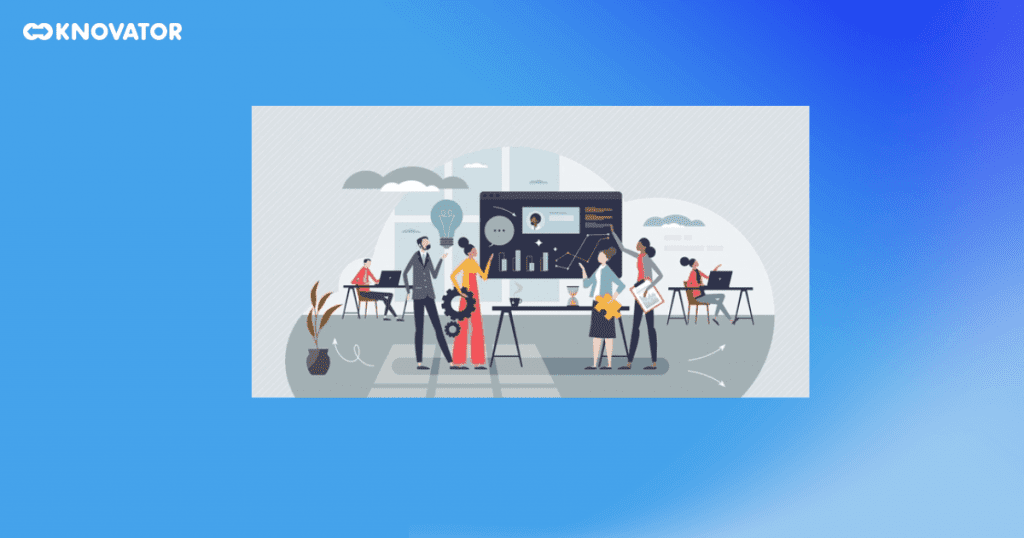
For instance, a project involving marketing, sales, and product teams working together on a new product launch encourages the exchange of insights from various disciplines.
5. Communities of Practice
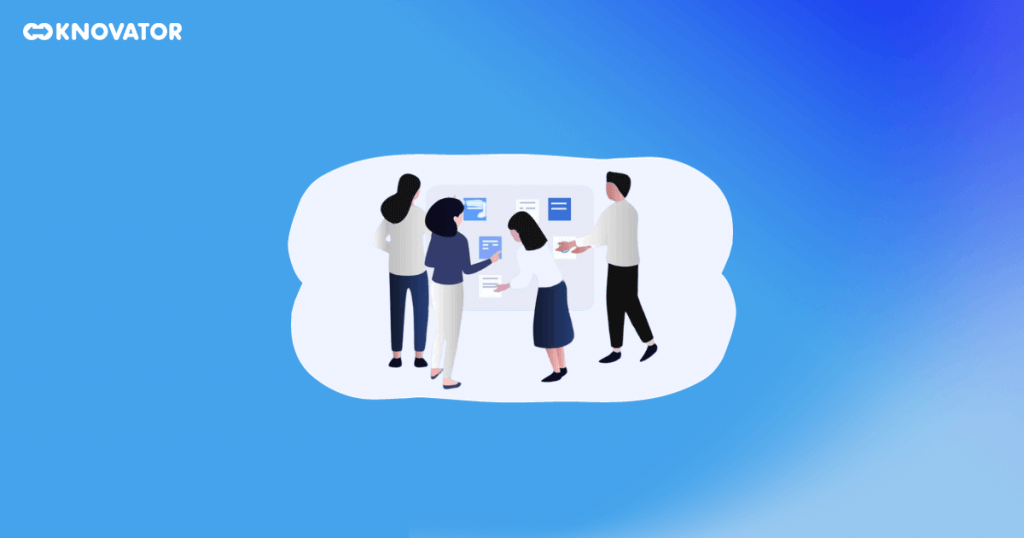
For instance, a healthcare organization could create a community of practice for nurses to discuss patient care innovations and share valuable resources.
6. Case Study Discussions

For instance, a project management team could analyze a case study of successful project completion and identify key factors that contributed to its success.
By integrating these social learning methods into the corporate environment, organizations can cultivate a culture of continuous learning and collaboration. These techniques leverage the collective knowledge of employees, encouraging them to actively engage, share insights, and learn from one another’s experiences.
Transform Your Workplace With The Power Of Social Learning
In our connected world, social learning is a real game-changer. It’s like a superpower that helps us all learn together. Think about it – amazing things happen when you share what you know and learn from each other. You can gain knowledge, learn skills, and even understand different cultures.
Social learning goes beyond the usual ways of learning. It’s interactive and changes as you learn more. This exciting change in how you learn is like a new era opening up, full of opportunities.
So, as you embrace this new way of learning, you’re stepping into a learning revolution. Knowledge doesn’t have limits anymore. It’s free to flow everywhere, helping one explore and discover like never before.

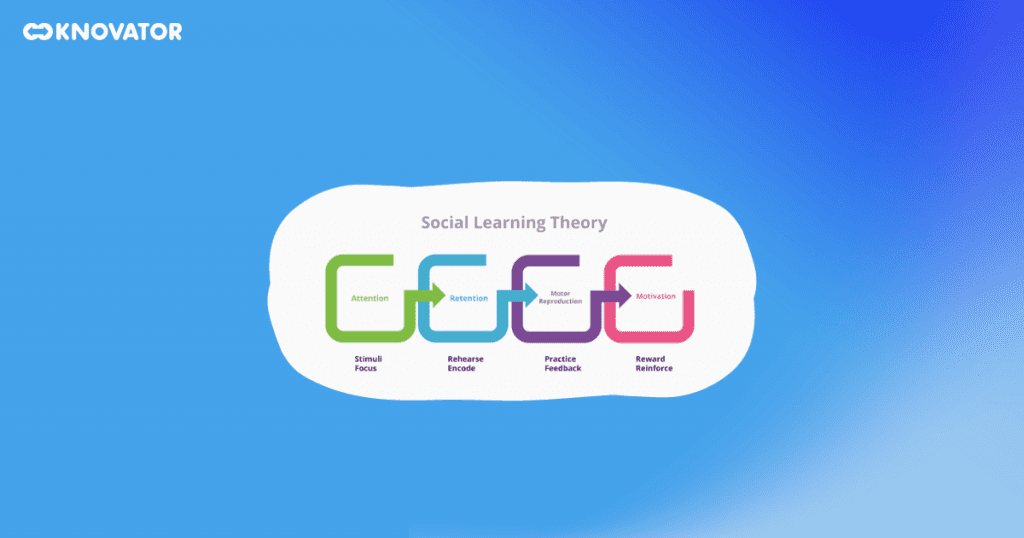 Early Forms of Social Learning and Social Pedagogy
Early Forms of Social Learning and Social Pedagogy








